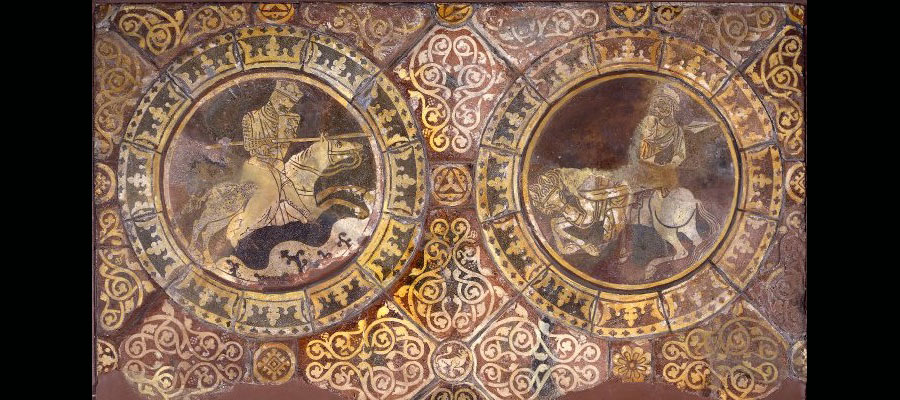Material Histories of Exchange I: Representations of Cross-Cultural Dress in Byzantium & Beyond
Material Histories of Exchange II: Transmission of Dress and Ornament in Byzantium & Beyond
Considerations of dress and ornament have been instrumental in deepening our understanding of the medieval world. External appearances express a construction of certain internalities, identities that are indicative of a range of meanings such as power and prominence, difference and distance. As helpful as scholarship has been, especially in the last ten years, it is worth digging deeper into the possibilities of this discourse and pursuing the ways a “look” could be or would be crafted, especially in the realm of Byzantium.
The papers in these sessions address the ways in which status, power, and difference might be constructed through dress and ornamentation in the Byzantine world. The speakers will discuss materials and meanings that cover a wide range both temporally and geographically. Topics range from the dress found in sixth-century Roman mosaics, to the jewelry of Mamluk Islam, to the armor of late medieval frontiers of Egypt, to resonances of eastern textiles on English floor tiles. Depictions of donor portraits from Late Byzantine and Cretan icons will further explain the ways that dress dictates meaning. Studying the transition of adornments and dress of the medieval period, both actual artifacts and images in which these artifacts are being worn or used, will enrich our sense of how medieval identities were constructed, how and when they moved, and how they inspired and informed viewers from different regions. Reading through clothes, deepening our notions of these essential examples of self-fashioning, allows a sense of the great interconnectedness and rich cultural exchange within the Byzantine medieval world in diachronic and diatopic ways.
